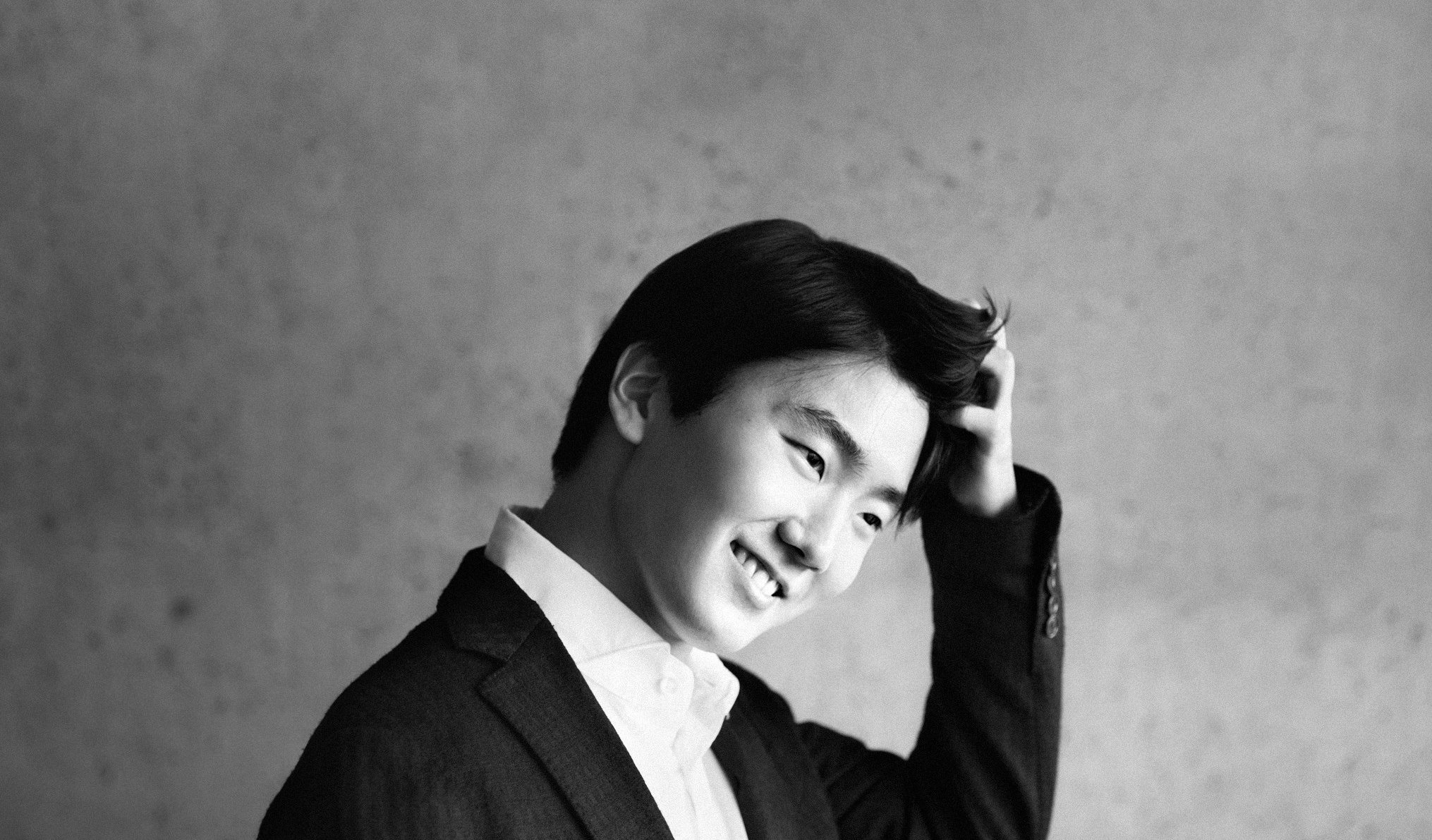
Program
Featuring
Other information
Season tickets
- SOLTI A
- SOLTI B
The event is about 2.5 hours long.
About the event
Our orchestral concert planned for May 17 has been cancelled. Season pass holders and those with tickets to the performance will be provided access free of charge to the live streaming of our orchestral concert Kagel, Piazzolla, Ravel, Milhaud, Satie that will be held without a live audience on May 15, 7:45 p.m. and broadcast on the eSzínház streaming platform.
Having played Ravel’s piano concerto twice already, South Korean Seong-Jin Cho, who signed an exclusive contract with one of the world’s top record labels Deutsche Grammophon, will perform Franz Liszt’s Piano Concerto in A major alongside the BFO. The concerto is not the only change here―uniquely in this season, all the pieces on the program were composed by Liszt. Thanks to the sizeable orchestra the composer tended to use in his works, no member of the orchestra will be on the bench. The orchestral version of the most famous Hungarian rhapsody turned out to be as bombastic as the piano concerto with four, increasingly richly orchestrated versions. And though the concert ends with the first version of the Faust Symphony that features no choir, there will be plenty of fortissimos to go around.
In the mid-nineteen hundreds, the demand for national music started cropping up throughout the world. After painstakingly collecting melodies he believed to represent Hungarian folk music (mostly art songs as performed by Gypsy musicians) Liszt composed altogether 19 “Hungarian rhapsodies,” his most popular set to date. He arranged six of the solo piano pieces for orchestra. Like the rest of the set, the C-minor rhapsody (originally dedicated to Count László Teleki) follows the csárdás structure―a serious and dramatic lassan is followed by an energetic friska exhibiting breathtaking “pianistics.”
In the late 1840s Liszt retired from performing on the piano, and settled in Weimar as court conductor. His focus as a composer shifted to hitherto neglected symphonic genres. At the premiere of his Piano Concerto in A major in 1857, he only appeared as conductor, while the solo part was played by one of his students. Though the piece gives the impression of a single movement, it can be divided into several sections. The character of the sections is determined by a single, lyrical concept, bringing back the same theme with a different style and tempo each time―finally, in the finale, as a fanfare of brasses.
One of Liszt’s inventions, usually called “thematic transformation,” was perfected to the highest degree in his Faust Symphony. Though the three-movement work was inspired by Goethe’s drama Faust, instead of simply setting the story to music, Liszt creates musical portraits of the three protagonists. The first to appear is Faust, with a theme pointing forward to the 20th century and containing all notes of the chromatic scale as a symbol of desire for omniscience. The same theme returns in the last movement as Mephistopheles — distorted, twisted, even mocked. However, the devil’s machinations are no match for Gretchen’s glorious innocence―the melodies of the suggestive second movement are uncorrupted by any such transformations.
Did you know? Liszt’s Hungarian Rhapsody No. 2 was composed in 1847, his Piano Concerto No. 2 premiered in Weimar on January 7, 1857 (soloist: Hans von Bronsart, conducted by the composer), his Faust Symphony was first performed also in Weimar on September 5, 1857 (conducted by the composer); the Festival Orchestra last played Hungarian Rhapsody No. 2 in Székesfehérvár on April 10, 2016 (conductor: David Robertson), Piano Concerto No. 2 in Utrecht on March 5, 2017 (soloist: Dejan Lazić, conductor: Iván Fischer) and the Faust Symphony in Ljubljana on March 9, 2013 (conductor: Iván Fischer).
Contemporary events in 1847, Wuthering Heights, the novel of English author Emily Brontë was first published (under the pen name Ellis Bell) / in 1847, Polish composer Frédéric Chopin wrote Waltzes Op. 64 / in Hungary, the Opposition Party was established in 1847 with Lajos Batthyány elected as its first chairman / Belgian painter Antoine Wiertz painted Two Young Girls in 1847 / on March 8, 1857, women textile workers protested and marched in the streets of New York demanding more humane working conditions and higher wages (the anniversary of the protest is International Women’s Day) / Les Fleurs du Mal, the groundbreaking volume of French poet Charles Baudelaire, was published in 1857 / French painter Jean-François Millet completed The Gleaners in 1857
